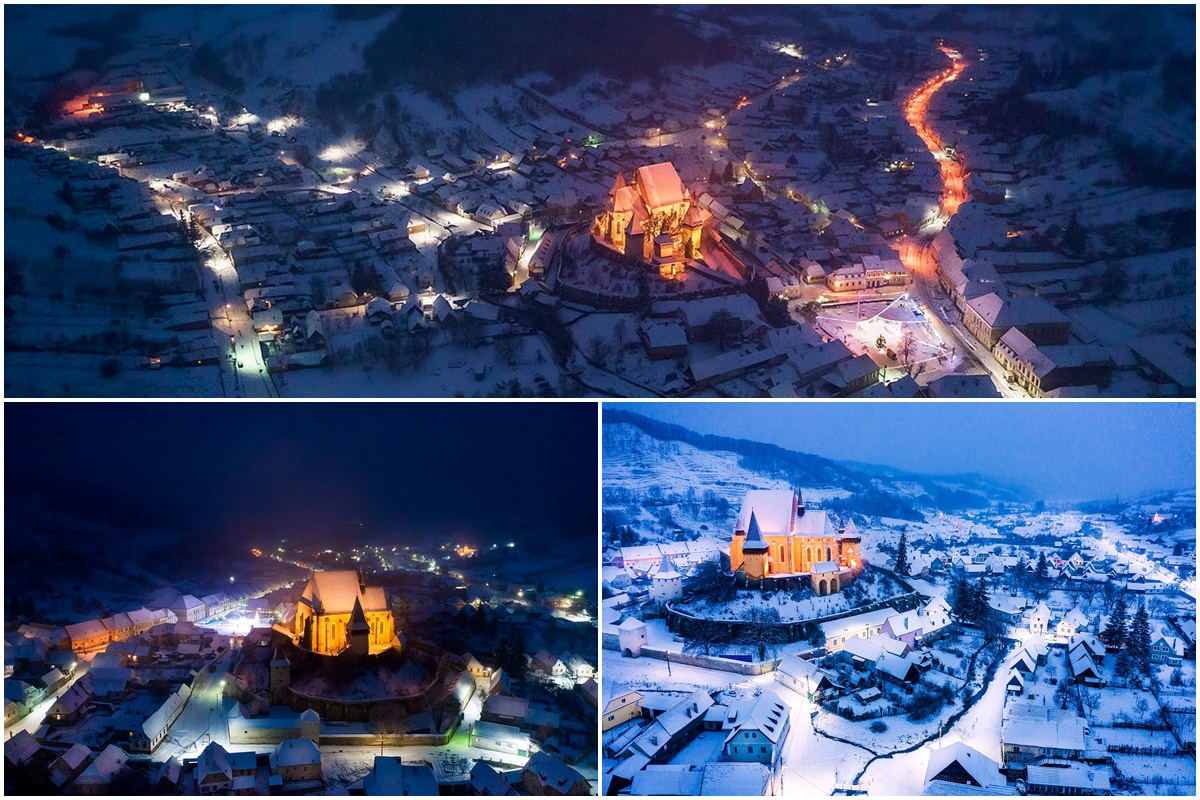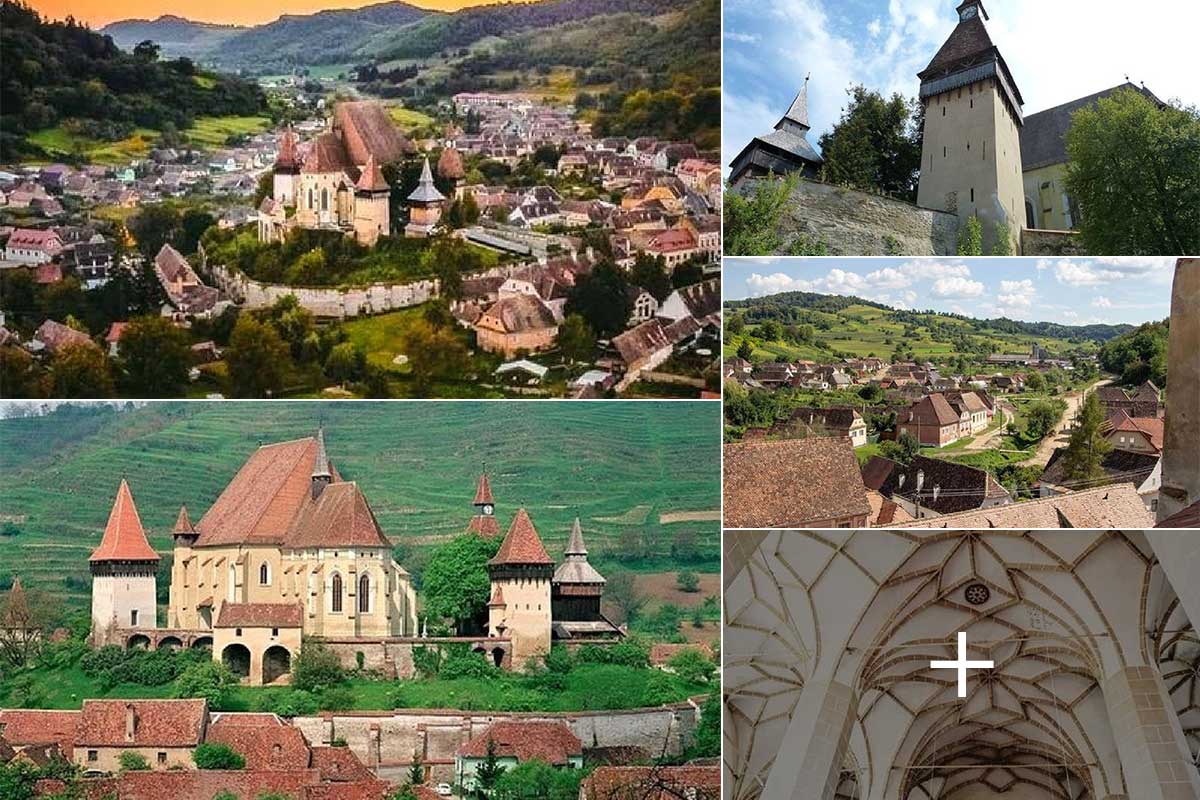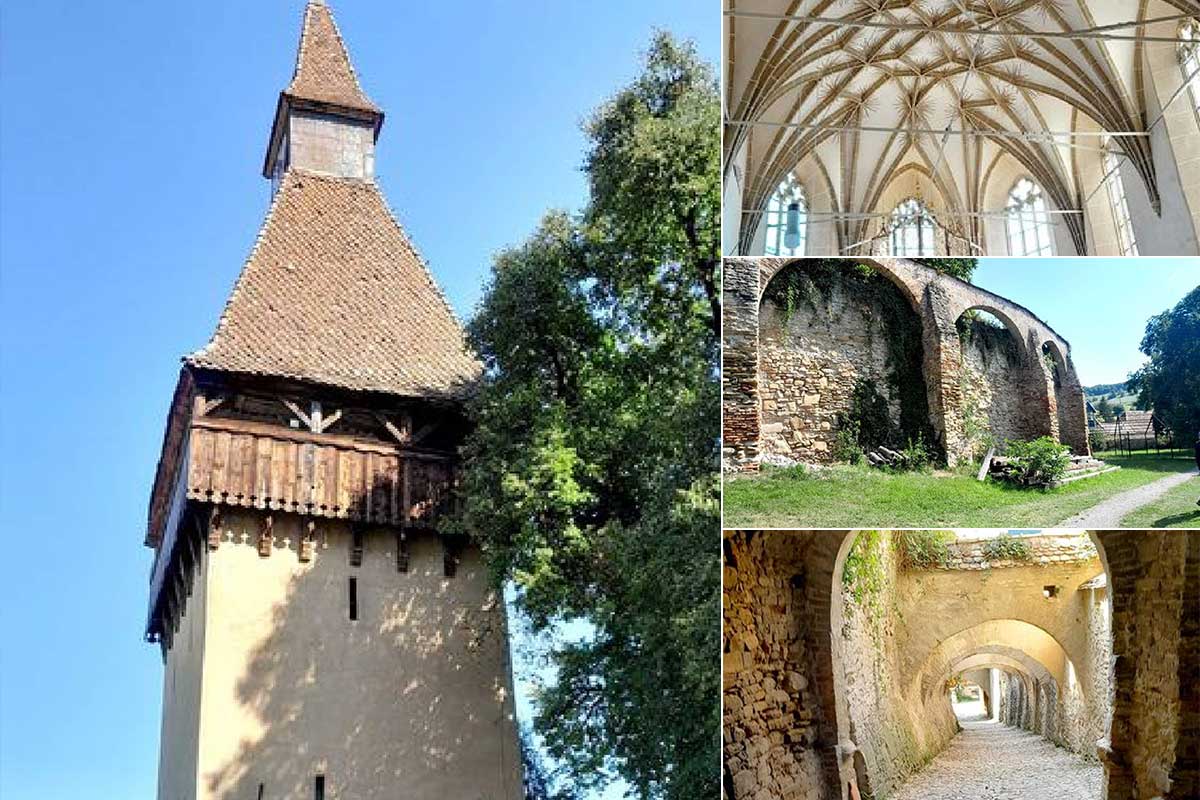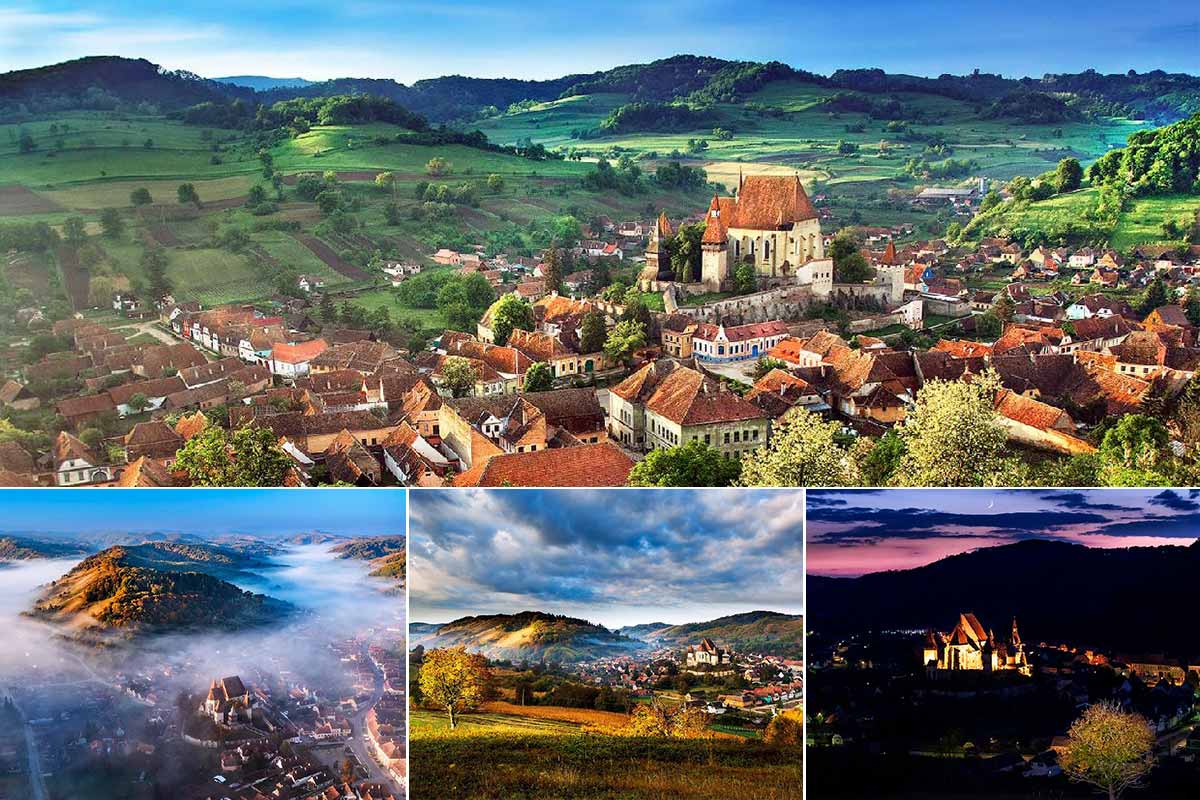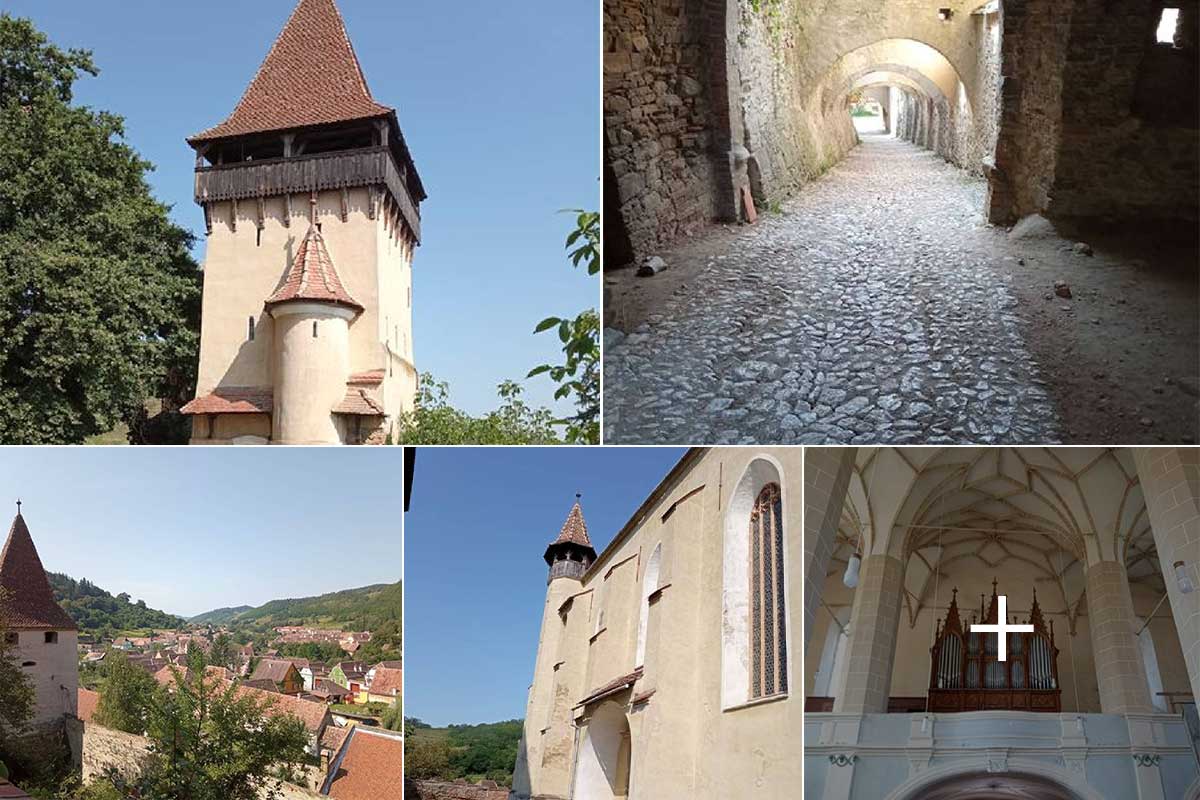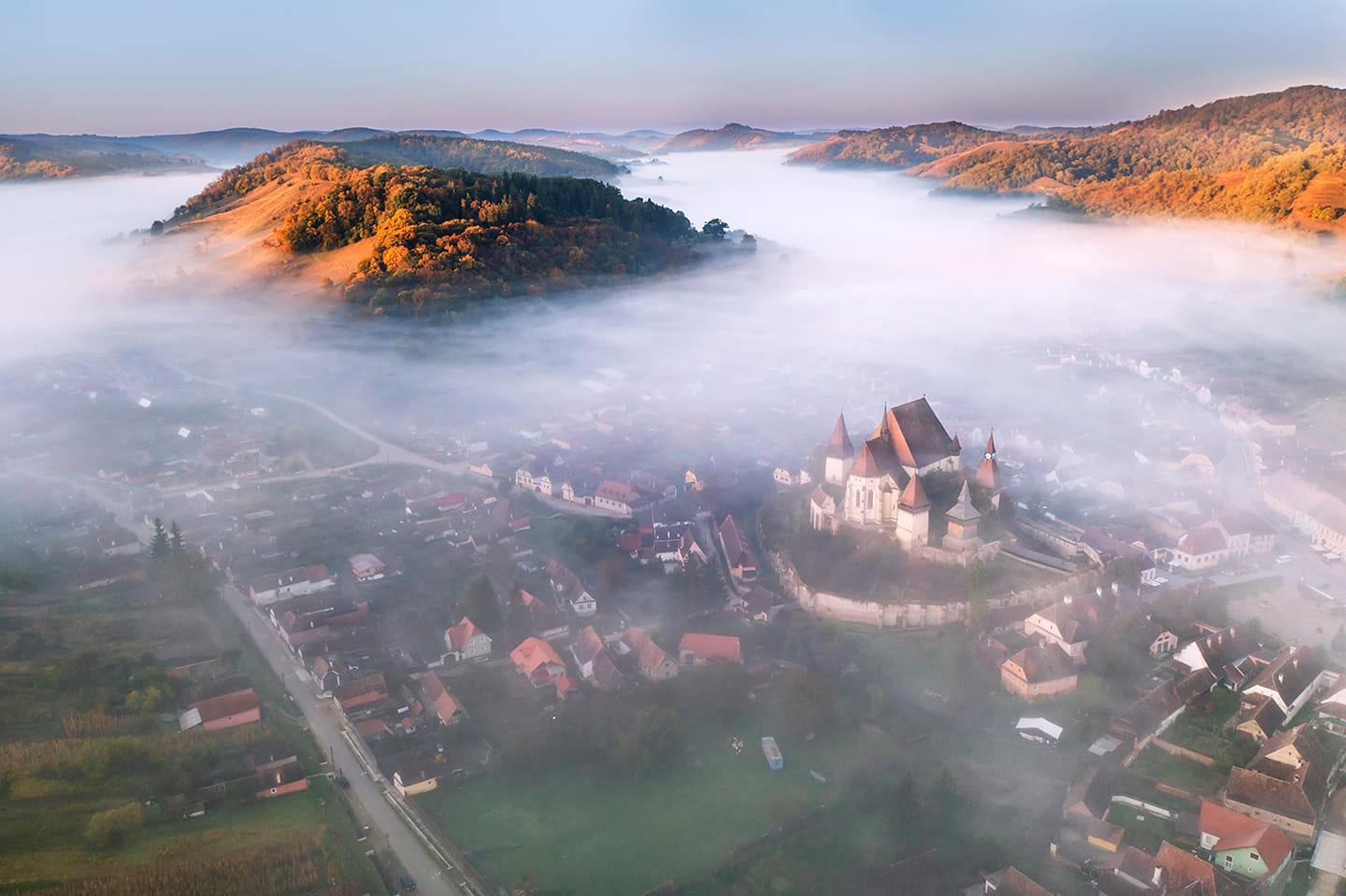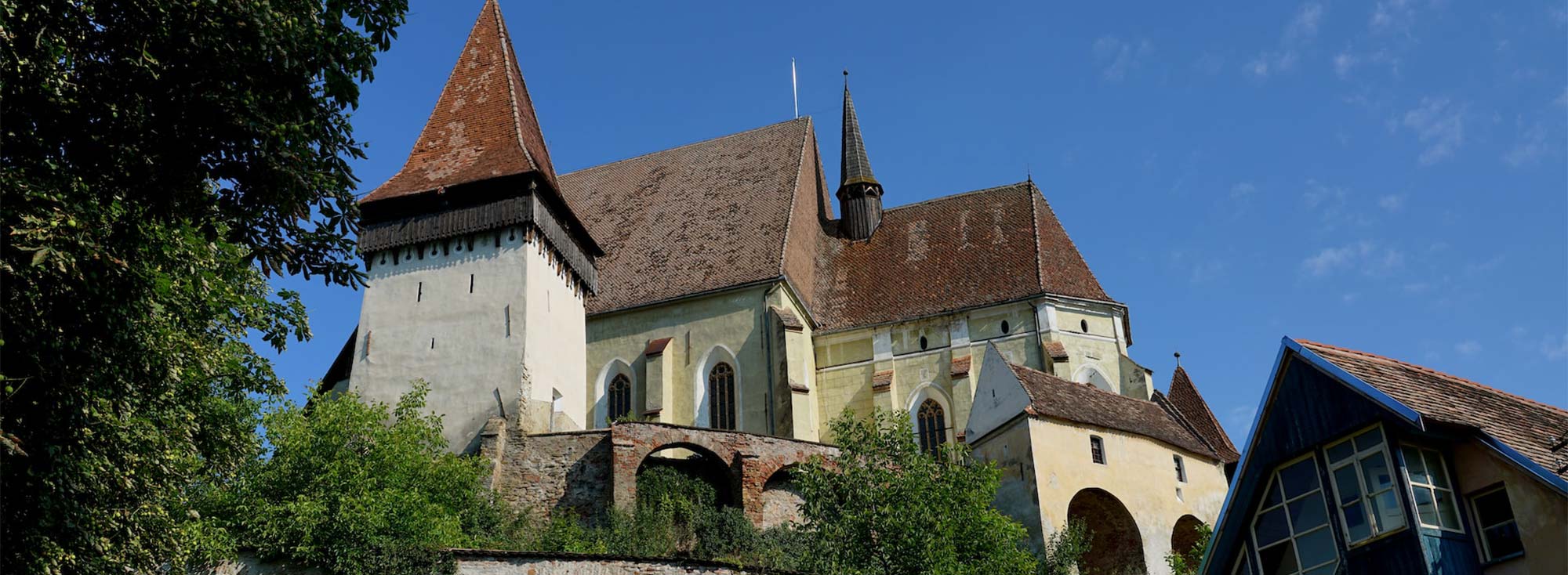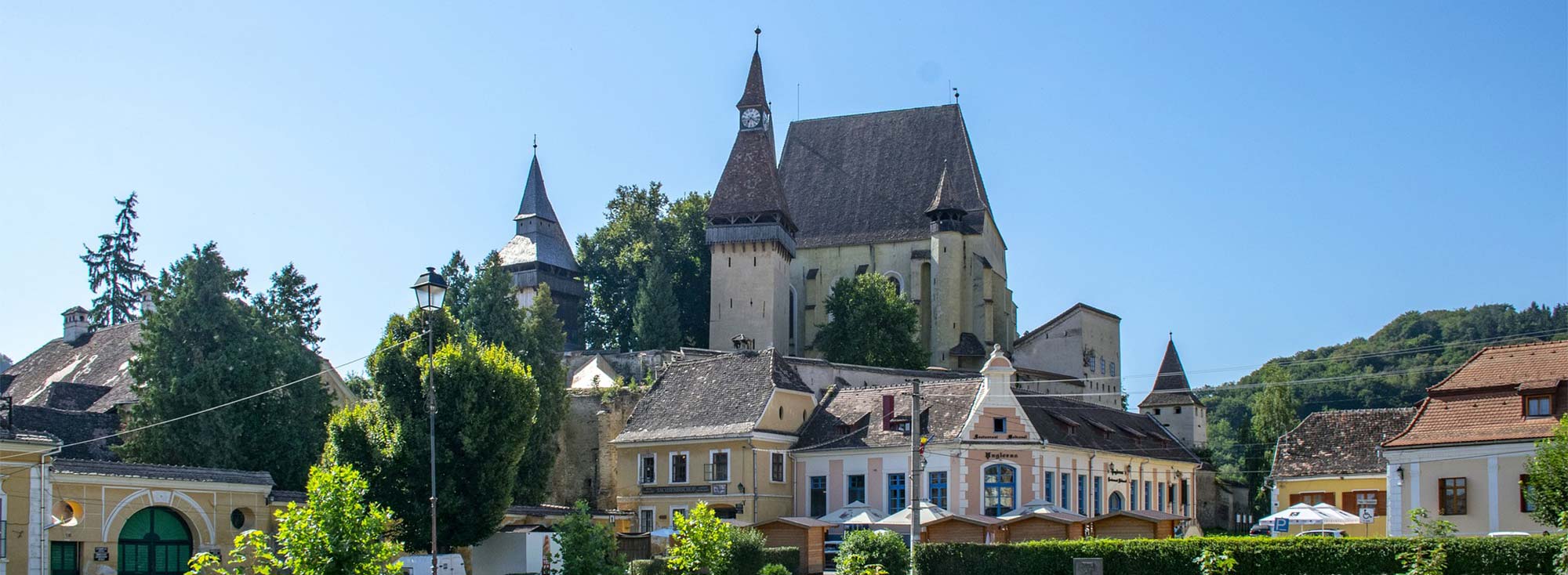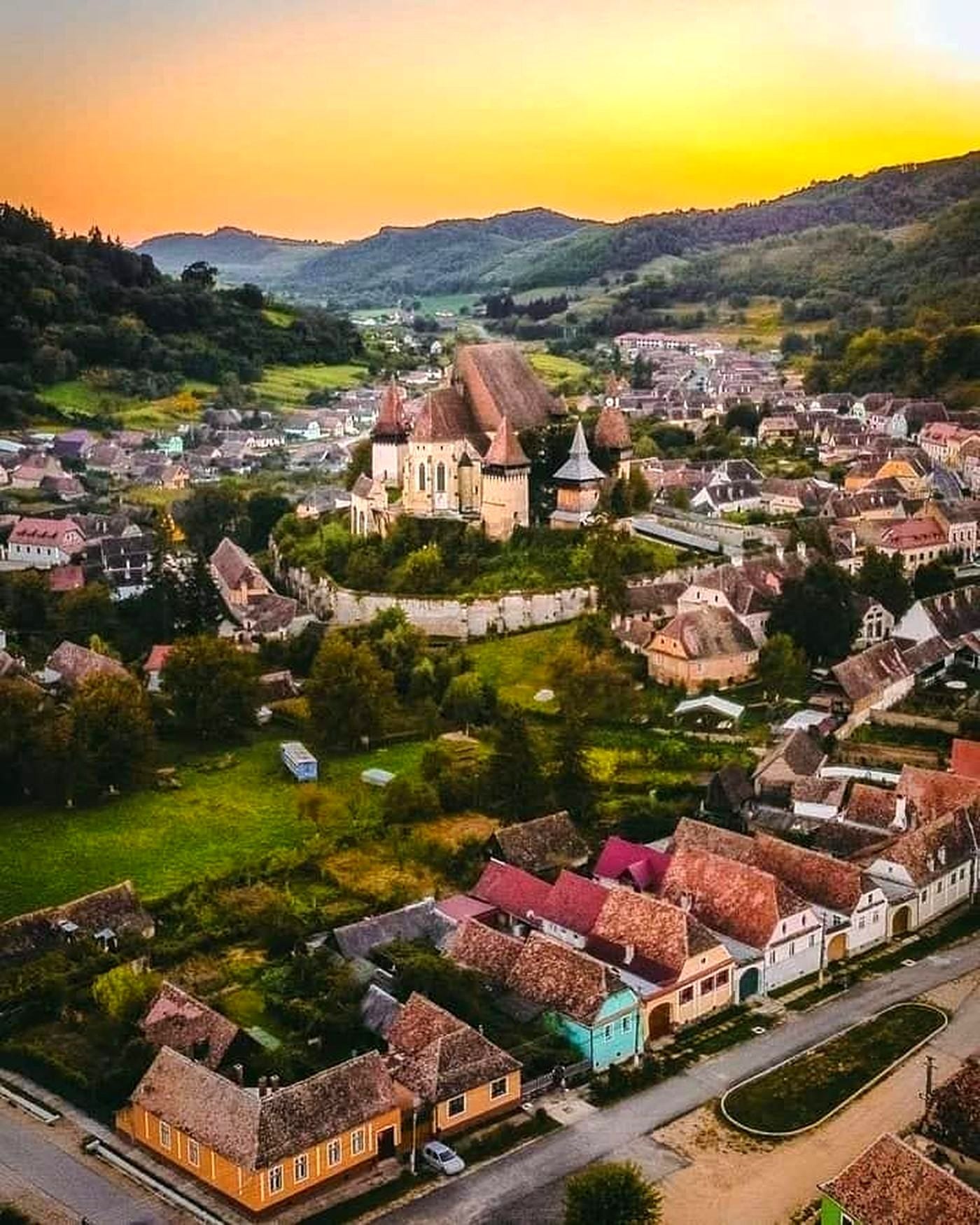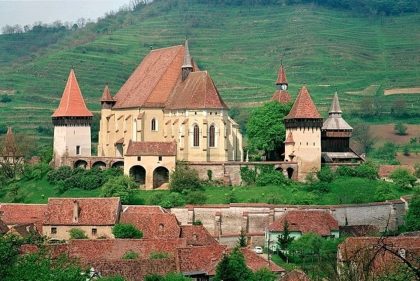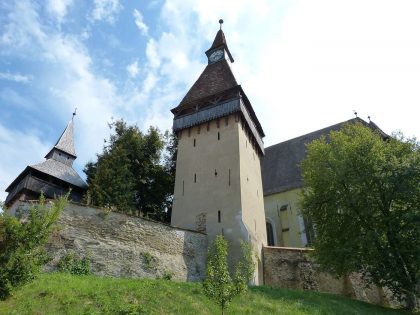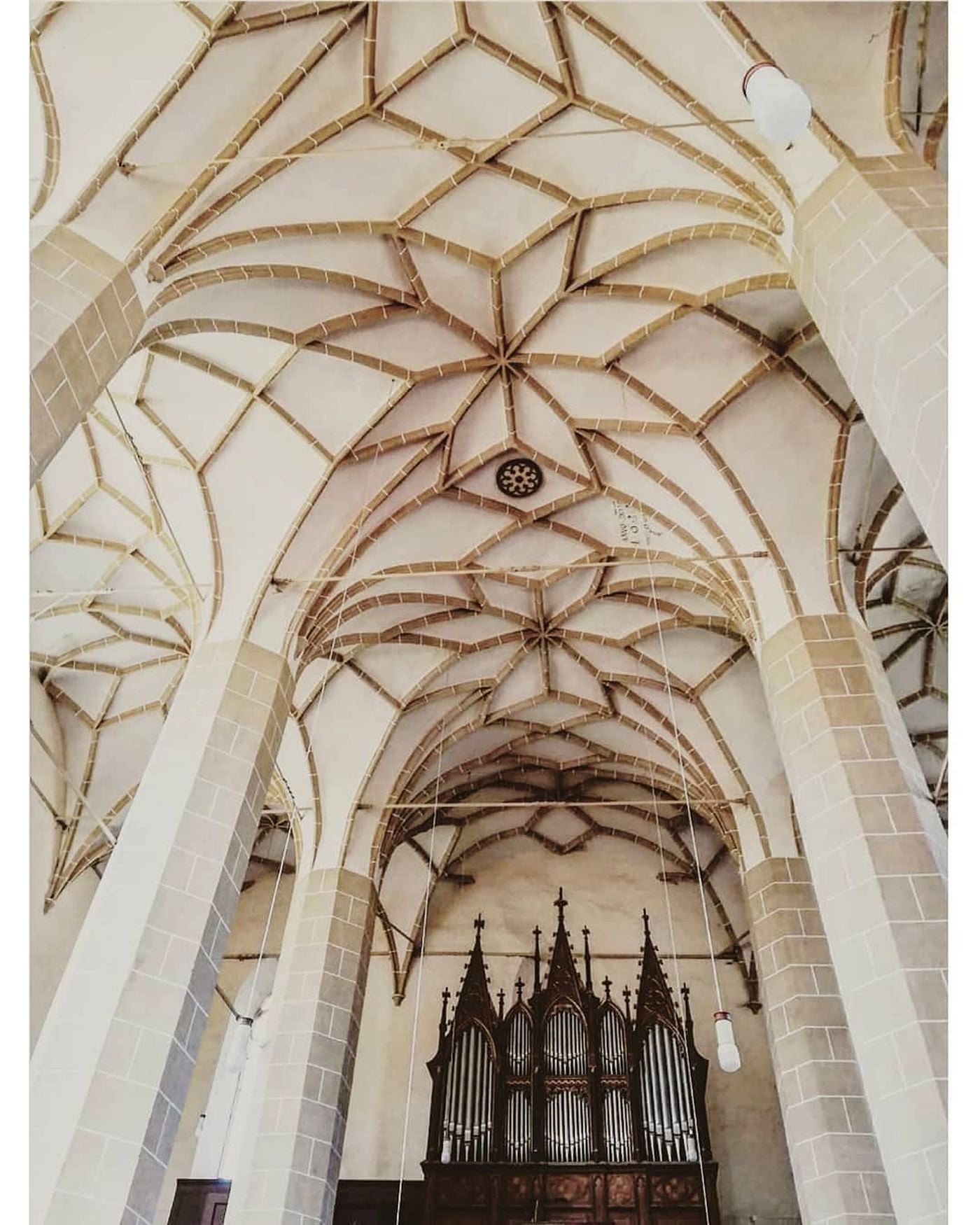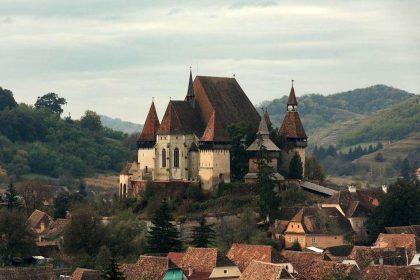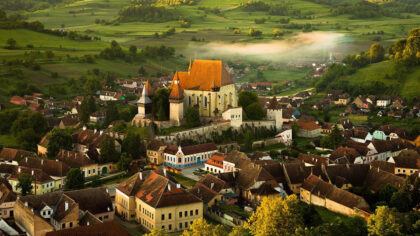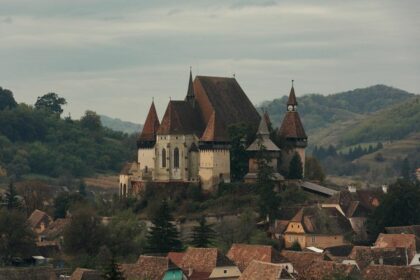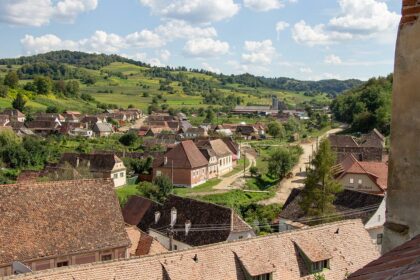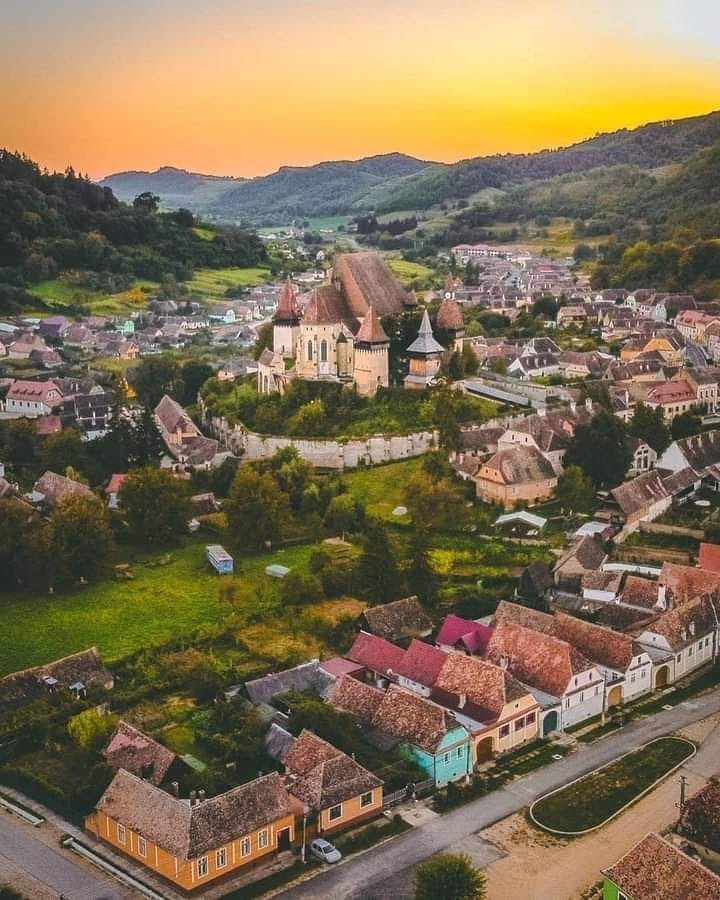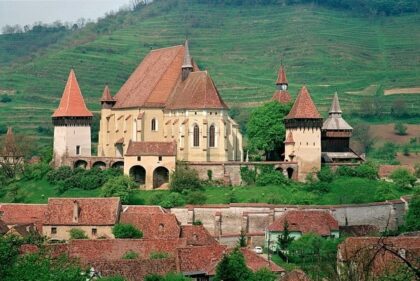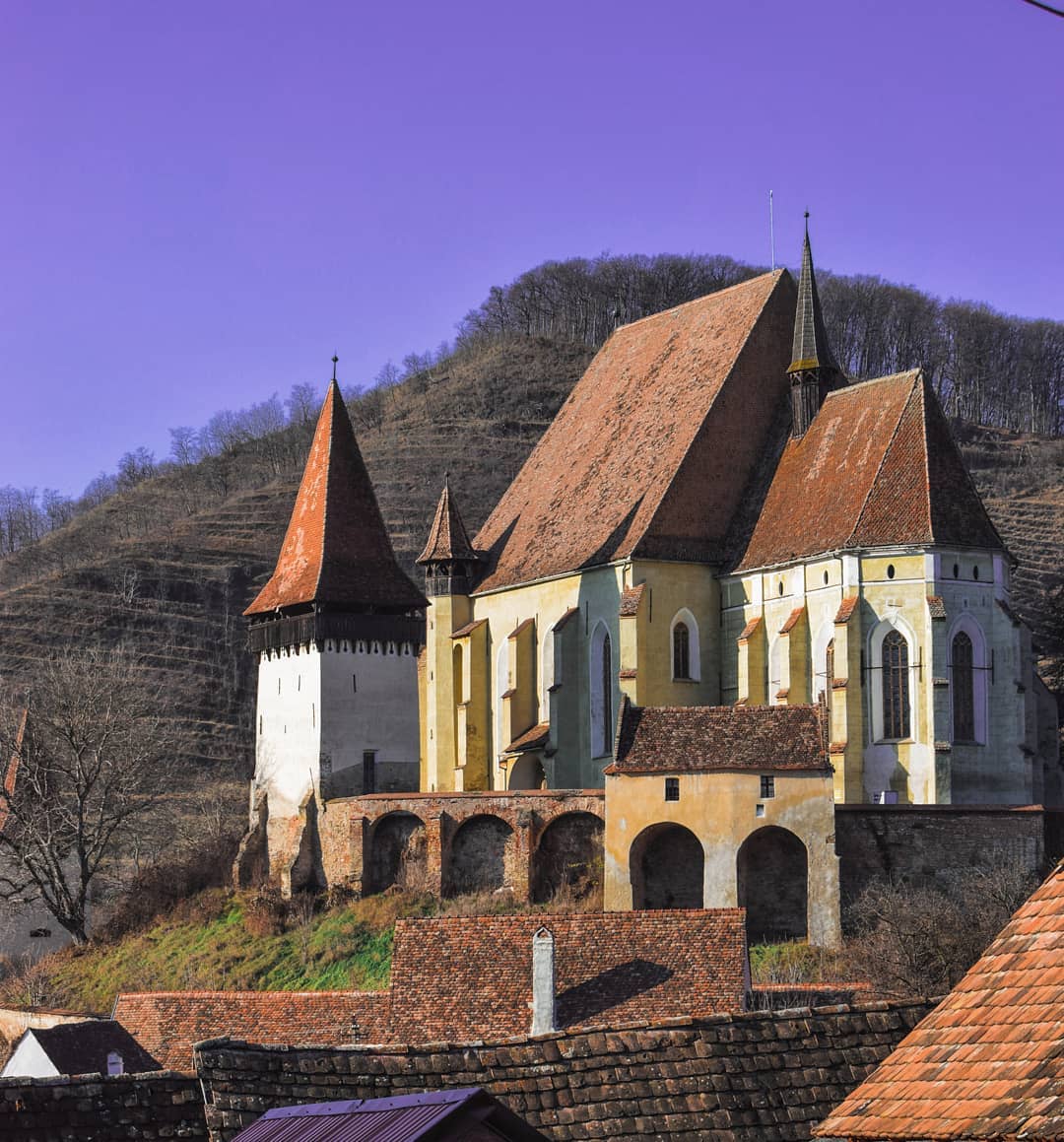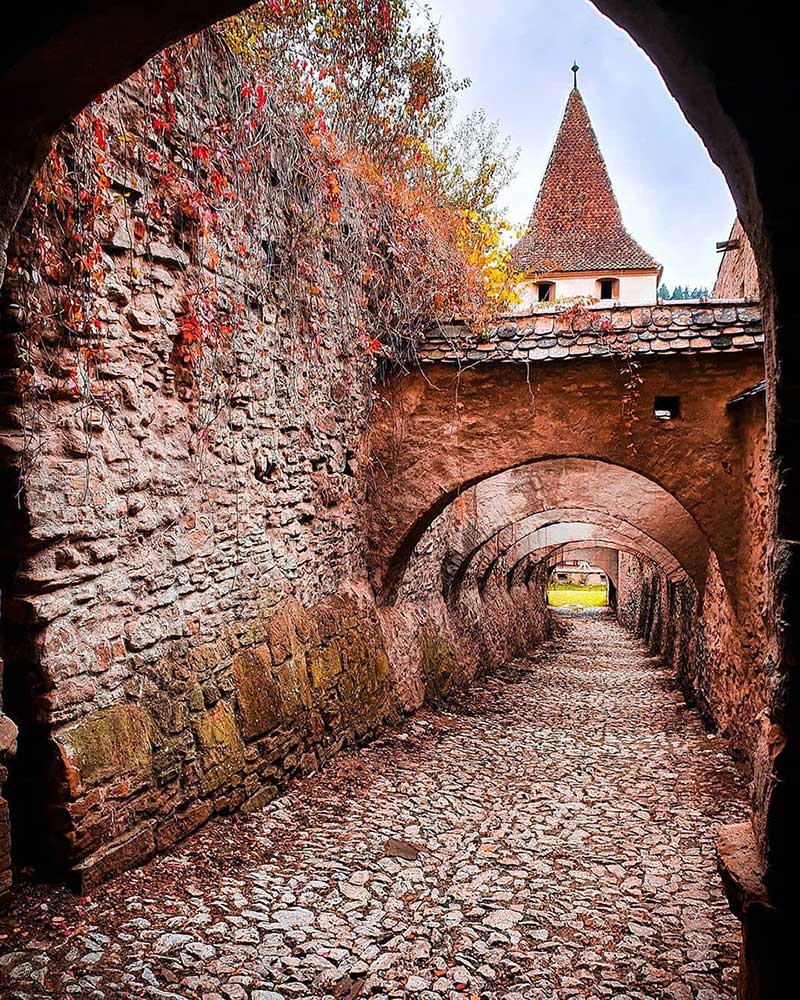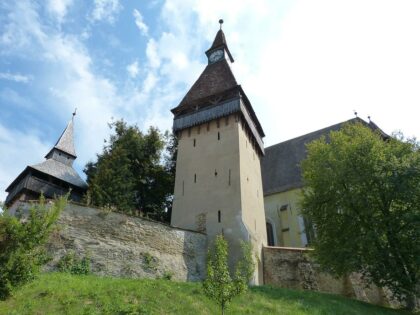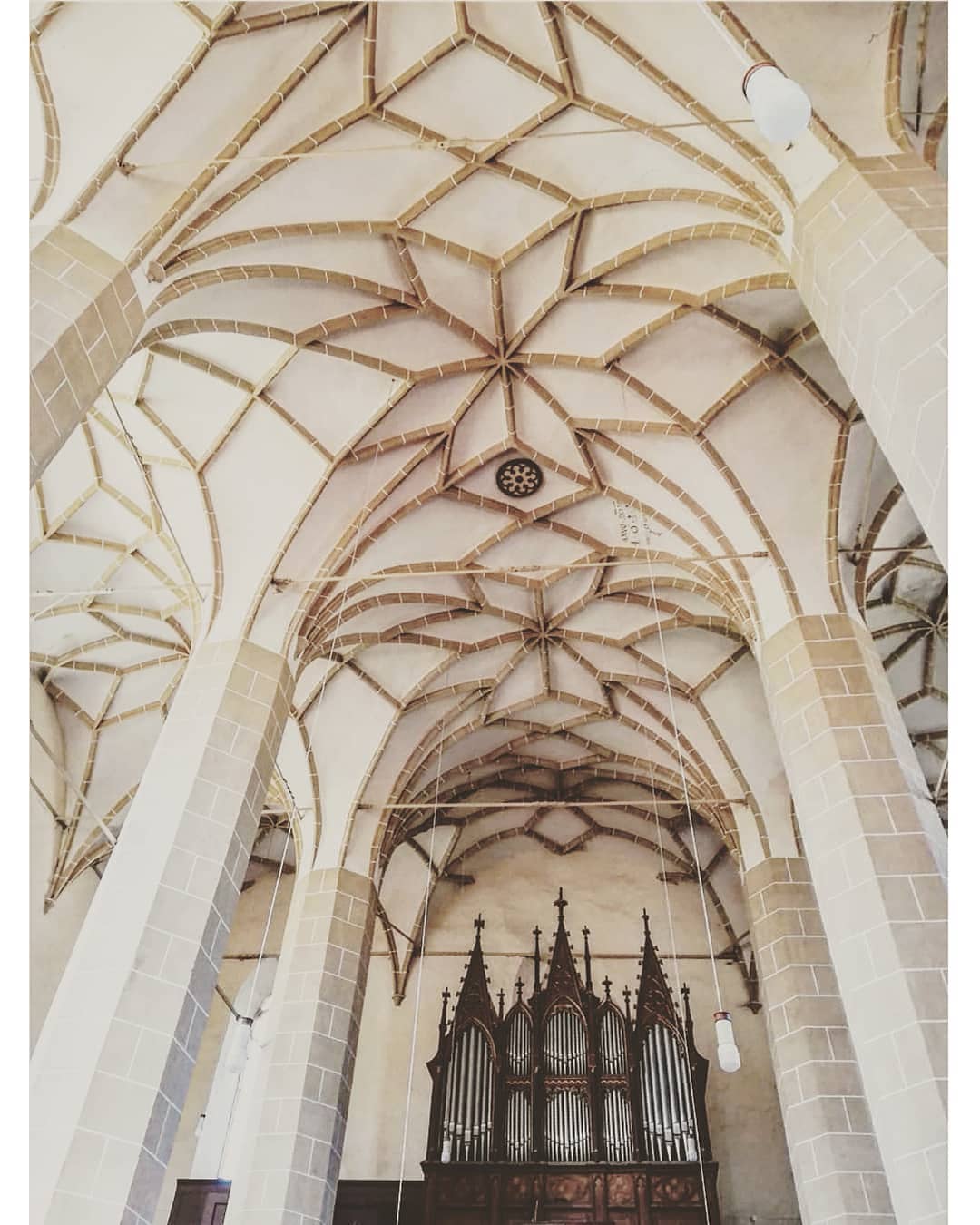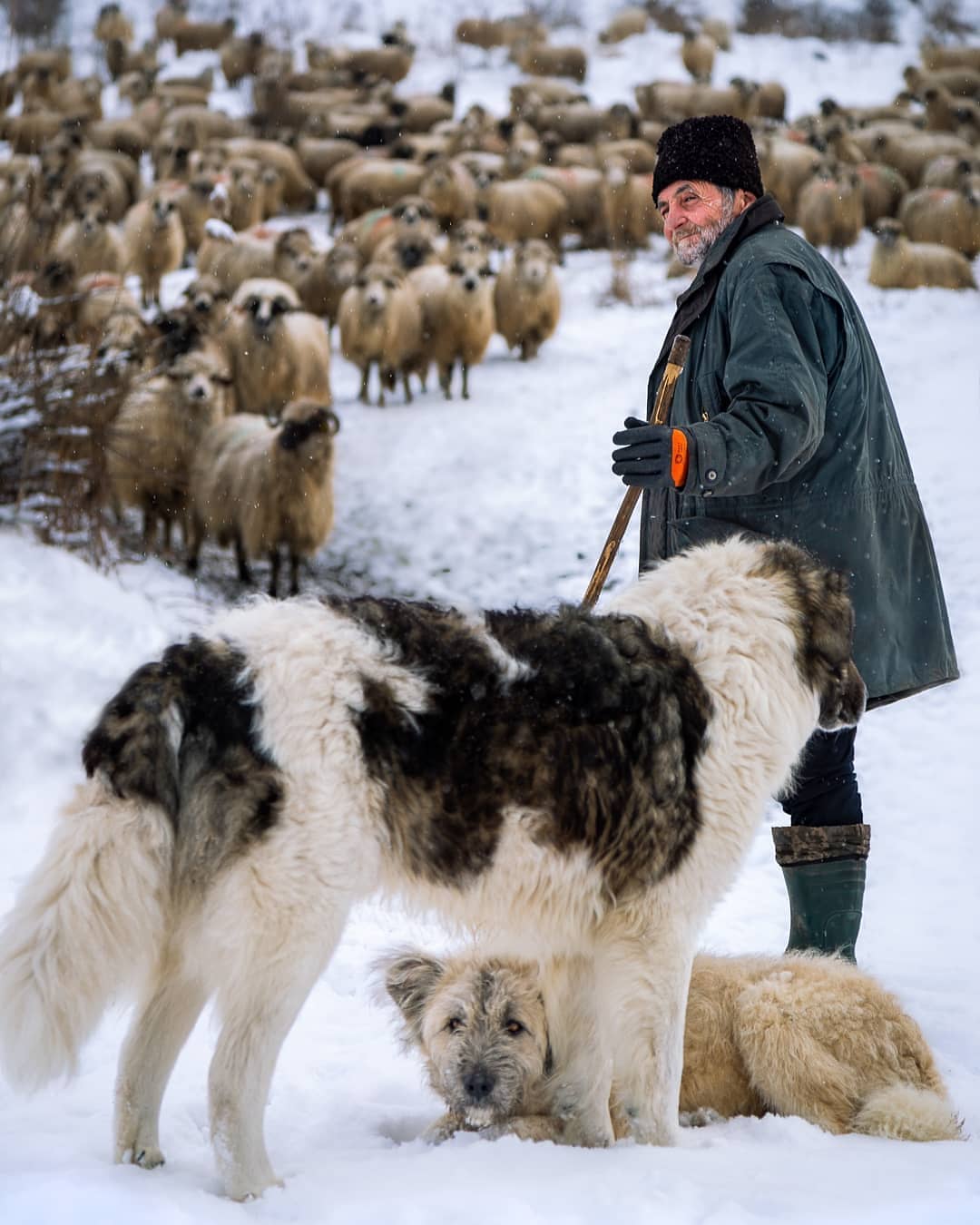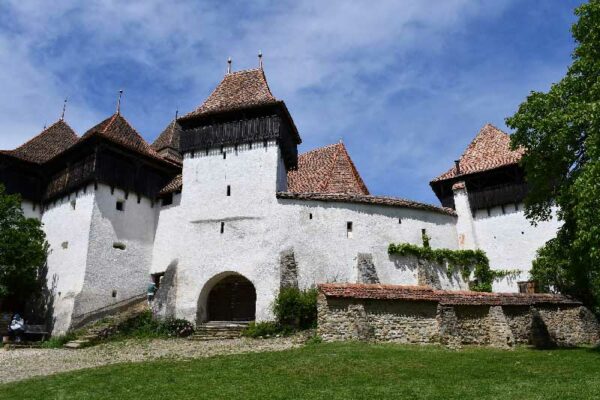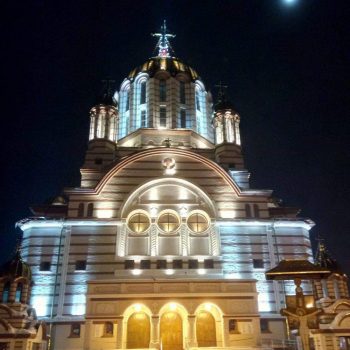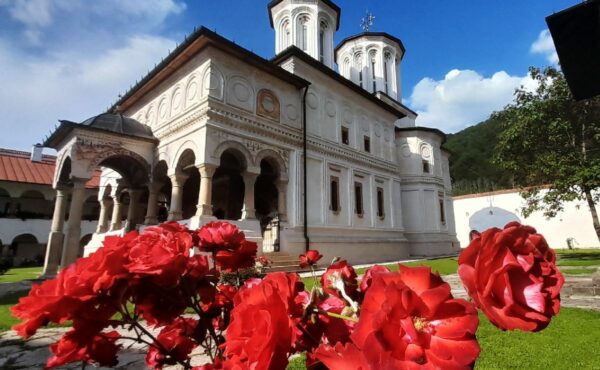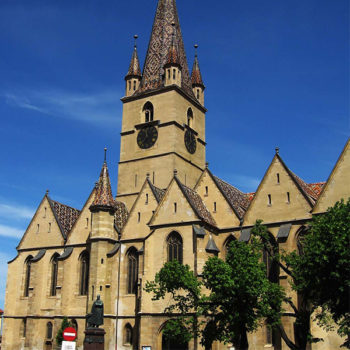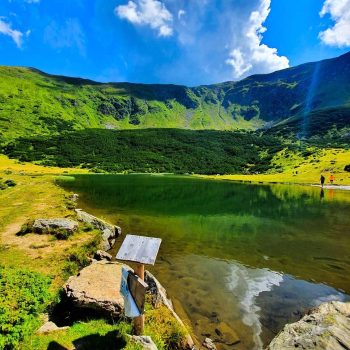The church is located in the municipality of Biertan in the county of Sibiu in Transylvania. Biertan is part of the first German-Saxon settlements and was mentioned in a document in 1398 (other sources: 1402).
County: Sibiu
Images: red_frog | gooutromania
Biertan Fortress
Like any Saxon settlement, it stands out because of a string of villages around a central square above which rises the imposing church fortress. Between 1572 and 1867, Biertan was the seat of the Saxon episcopate (the episcopal seat of the A.B. Evangelical Church), which favored the construction of one of the largest agricultural communities in Transylvania, around this fortified church. It is a medieval and architectural treasure in Romania that is definitely worth a visit.
The Biertan Fortress is located in the town of the same name in Sibiu County and has been part of the UNESCO heritage since 1993. Located between Sighisoara and Mediaș, the German settlement surprises us with the beauty of its design elements but also with the masterpieces it contains. The name was given in German terms and translated as “hall church”. It was built between 1492-1515 in the Gothic style and represents a special tourist attraction in the Transylvania area.
Biertan is part of the first German Saxon settlements in Transylvania and is certified as a fortress in 1397. Like any Saxon settlement, it had an urban organization, noting its Franconian style of rows of houses arranged around a central square, above which rises its impressive church-city.
The impressive religious monument harmoniously combines Gothic and Renaissance styles, being made up of 3 walls of enclosure with medieval towers and bastions. The central building of the ensemble is a church-hall with three naves, vaulted in a network, built between 1492-1516 on the site of another older one. The church is built in late Gothic style with elements of Renaissance architecture at some portals. The church is the last edifice of this type – church-hall – erected in Transylvania.
Architecture
The building is composed of three rooms of almost equal size and height, and the entrance to the fortress can be made through one of the 3 gates with a Renaissance appearance: the western gate, the northern gate or the southern gate.
The main attraction for tourists is the Mausoleum Tower because the tombs of the priests who served the church are housed here, but here we can also visit the Weaver’s Tower and the Slanini Tower. Also here is a prison that was used to imprison husbands and wives who were at mutual enmity.
The church’s altar is the largest in Transylvania and consists of 28 panels painted by a painter with German and Austrian influences. It was built by masters from Nuremberg and Vienna between the years 1483-1513 and contains 28 superb paintings of scenes from the life of Jesus, Mary, the crucifixion, baptism, circumcision and various paintings of saints. Several of them are copies made after the Schittenstift altar paintings in Vienna.
The altar is unique in Transylvania especially due to the wealth of paintings. In the middle of the altar, where the crucifix now stands, there was a statue of the Virgin Mary during the Catholic period. Hence the name of the church: “Sf.Maria Church”.
The architectural ensemble of Biertan impresses by its harmonious setting in the locality, by its aesthetic and informative historical value and especially by the original substance preserved from the end of the 15th century and the beginning of the 16th century, characteristics that determined its inclusion in the List UNESCO World Heritage.
Our UiR database: search results for „Biertan”

